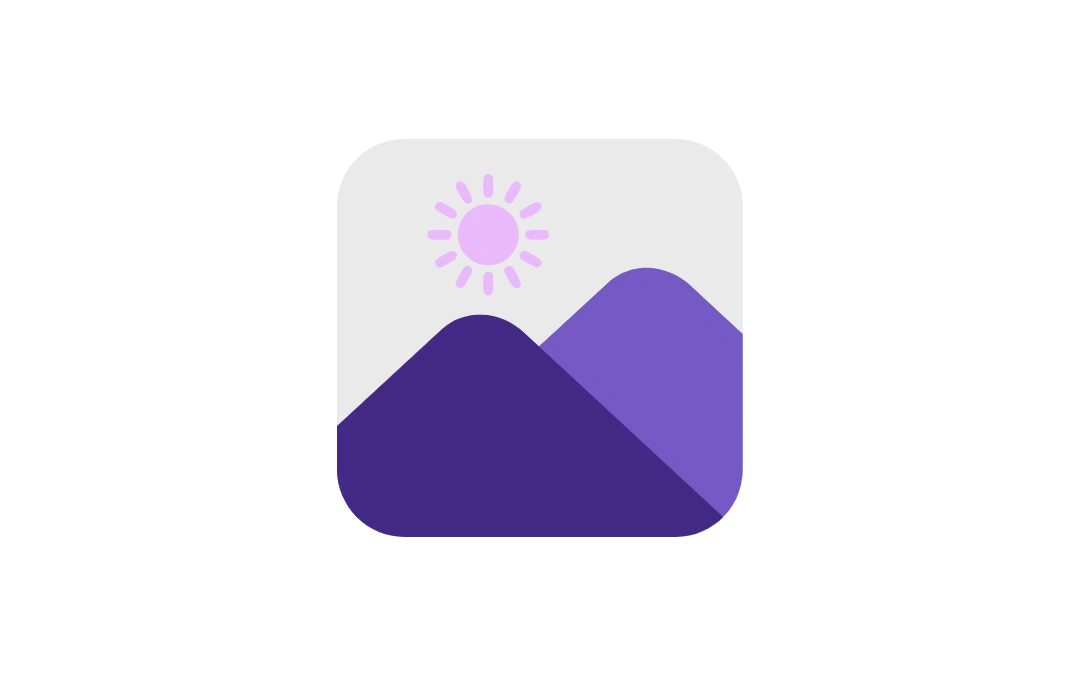Microsoft has specified more than thirty objectives for the 70-529 test, which are grouped under six topics. Following are some important areas in which an individual should possess good knowledge before taking the 70-529 test:
- Creating and configuring an XML Web service method using one way method, Web method, and WebMethodAttribute class.
- Configuring a Web service method by using the properties of the WebMethodAttribute attribute.
- Building and deploying a Web service application using Web setup project or Cab project.
- Configuring and formatting SOAP messages.
- Configuring a Web service application either by using a Machine.config file or a Web.config file.
- Configuring a Web services communication protocol and specifying the parameter formatting and parameter style.
- Managing session state in Web services and implementing session state by using the Application object or Session object.
- Implementing SOAP headers and adding a custom SOAP header class, and creating a public instance of the custom SOAP header class in a Web service class.
- Applying a SoapHeader attribute to a Web method and, accessing and processing a SOAP header in a Web method.
- Implementing and configuring SOAP extensions.
- Creating and configuring a server application either programmatically or by configuration files.
- Creating a client application to access a remote object. Configuring a client application either programmatically or by configuration files.
- Debugging, deploying, and hosting a remoting application and use performance counters to monitor a remote application.
- Creating and serializing remotable types and configuring a serialization formatter, binary formatter, and SOAP formatter.
- Managing the lifetime of remote objects and initializing and renewing the lifetime of a remote object.
- Calling Web methods asynchronously.
- Calling remoting methods asynchronously and implementing one-way methods by using OneWay attribute.
- Implementing events in remoting applications by creating, raising, and handling events.
- Enabling WSE in client and server applications and adding references to WSE assemblies in client applications.
- Editing the Web service proxy class to derive from the WebServicesClientProtocol class
- Adding a digital signature to a SOAP message and verifying an existing SOAP message signature.
- Encrypting and decrypting a SOAP message.
- Implementing a policy for a Web service application.
- Creating a policy file either by manually or by the WseConfigEditor3 tool.
- Implementing filters in a Web service application.
- Creating custom input and output filters.
- Implementing WSE SOAP messaging either by using one-way SOAP messaging or bi-directional SOAP messaging.
- Sending and receiving the attachments from a Web service application.
- Routing SOAP message by using WSE router.
- Creating and configuring a WSE router application and configuring a referral cache for routing.
- Adding and verifying security credentials.
- Creating, configuring, and accessing a serviced component.
- Implementing security and adding a reference to a serviced component in an application.
- Creating, deleting, and set permission on a message queue.
- Sending messages to a message queue and deleting messages from a message queue.
- Verifying a message source by using a certificate and extracting response queue details from a message.
- Composing and sending a response to a queue and applying a rule to a message queue.





No Comments Yet
Be the first to share your thoughts on this post!